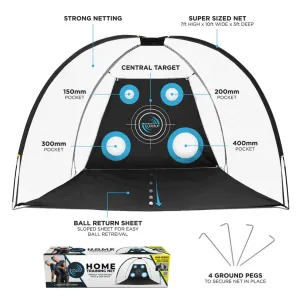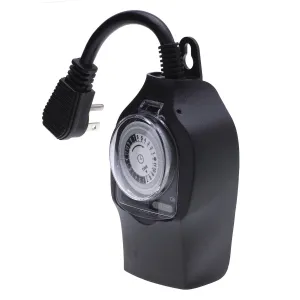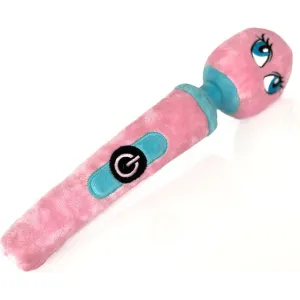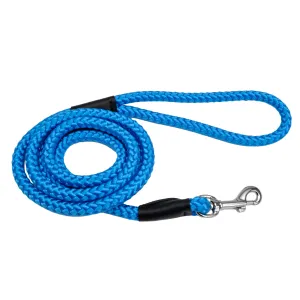Original Items: One-of-a-kind set. United States World War Two Ike Jacket in size 44R offered in excellent condition. Left shoulder bears an Army Amphibious Engineer Forces Special Brigade insignia patch with very nice cross hatch stitching, and the front of the jacket bears an Amphibious Engineer Seahorse patch.
The 4th Engineer Special Brigade was activated on 1 February 1943, at Fort Devens, Massachusetts, as the 4th Engineer Amphibian Brigade. In 1943, the brigade was redesignated an Engineer Special Brigade and transitioned to Camp Stoneman, California. The 4th ESB arrived in New Guinea on 18 May 1944, and participated in the assaults on Morotai Island, Netherland East Indies (15 September 1944) and Lingayen Gulf, Luzon (9 January 1945). The brigade was inactivated in Japan on 15 April 1946. The commanding general of the 4th ESB for its lifetime was Brigadier General Henry Hutchings, Jr.
The Engineer special brigades were amphibious forces of the United States Army developed during World War II. Initially designated engineer amphibian brigades, the first four brigades were redesignated ESBs in 1943.
Concept and development
At the onset of direct American involvement in World War II, it was obvious that the U.S. military would need a large strategic and tactical amphibious capability. In 1941, the United States' amphibious forces were divided into two corps: one Atlantic; one Pacific. Both amphibious corps were combined Army and Marine Corps commands, administered by the U.S. Navy. The Atlantic Corps consisted of the 1st Infantry Division and the 1st Marine Division, and the Pacific Corps consisted of the 3rd Infantry Division and the 2nd Marine Division. As this set-up quickly proved itself unwieldy, the Joint Staff surprisingly appointed the U.S. Army, and not the Marine Corps, to develop doctrine for sustained amphibious operations. On 20 May 1942, the Army activated its Amphibious Training Command at Camp Edwards, Massachusetts. Subsequently, the Army also activated the Engineer Amphibian Command.
Initially, the Amphibious Training Command (later, Amphibious Training Center) was tasked to train no fewer than 12 Army divisions (including 1 armored division) in amphibious operations. As the war progressed, the Marine Corps expanded to six divisions and the Army and the Navy began to fight over the procurement and assignment of landing craft and other amphibious assault equipment, resulting in the Army's decision to ultimately close the Amphibious Training Center. Per its agreement with the Navy, the Army continued to train Engineer Amphibian Brigades, for while the Marine Corps was adept at the initial waves of amphibious assaults, the Marine Corps had yet to create an effective doctrine concerning subsequent support waves. This task fell to the EABs.
Deployment and subordinate units
The 1st, 5th, and 6th Engineer Special Brigades were assigned to the European Theater of Operations, while the 2nd and 4th Engineer Special Brigades were assigned to the Pacific Theater of Operations. The 3rd Engineer Special Brigade was assigned directly to the Amphibious Training Center; responsible for the training of various Army units in amphibious warfare until the dissolution of the Amphibious Training Center. It was then assigned to the Pacific Theater of Operations. The 1st Engineer Special Brigade was the only ESB to fight in both theaters of the war.
The various subordinate engineer boat, engineer amphibian, and engineer shore regiments were all redesignated as engineer boat & shore regiments (EB&SR) by the end of the war.





























